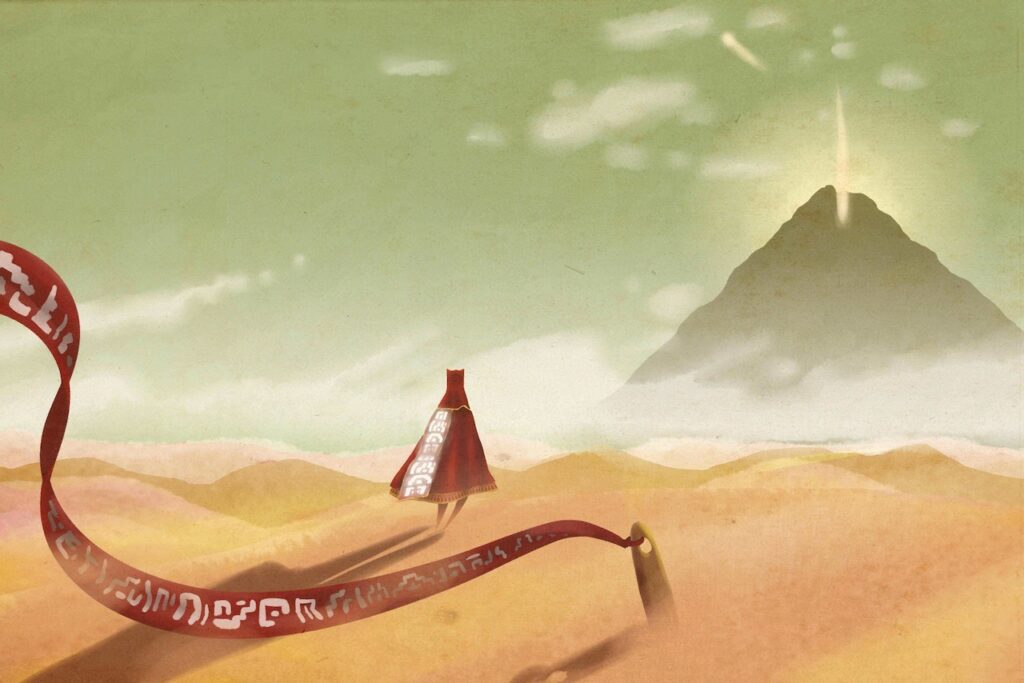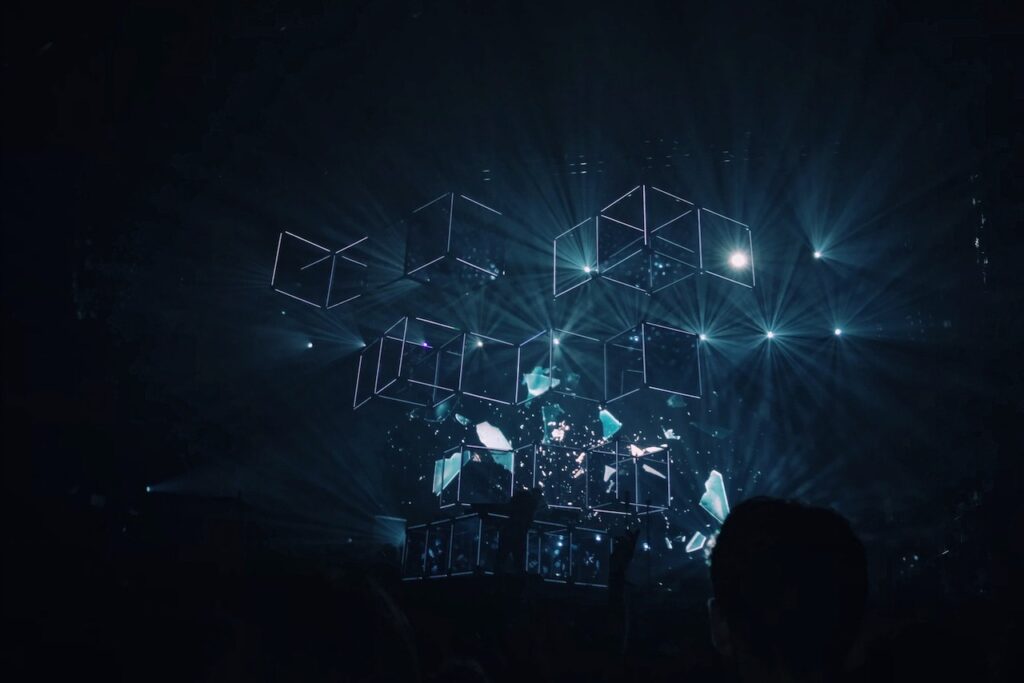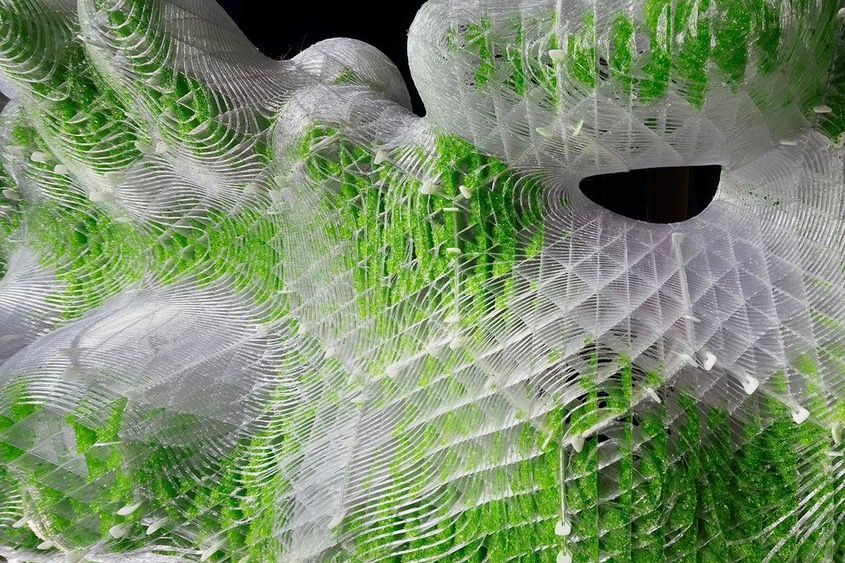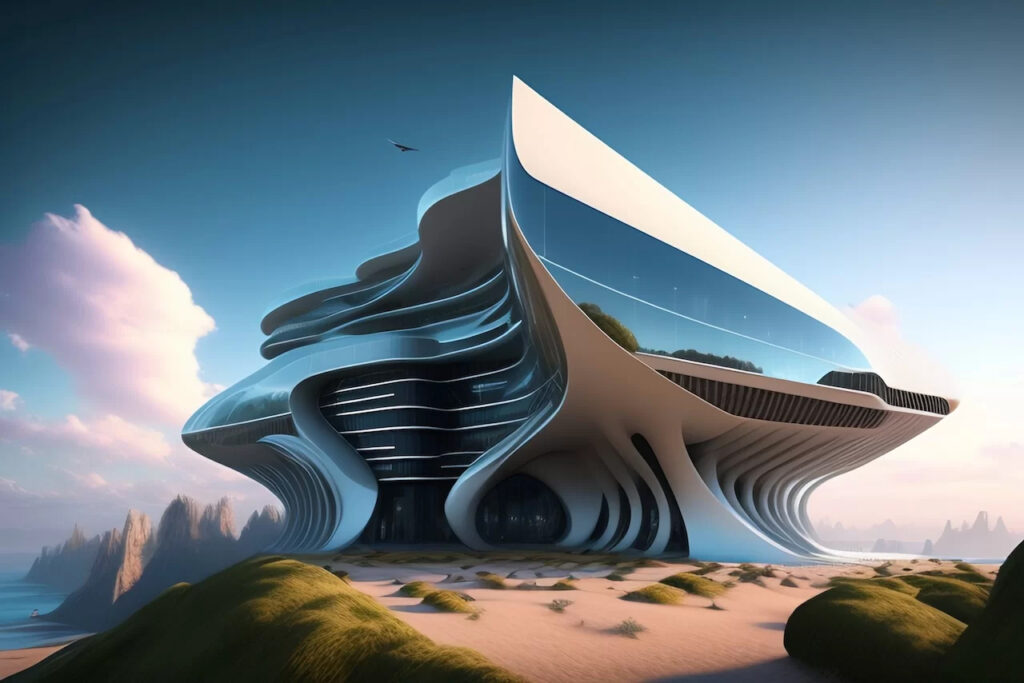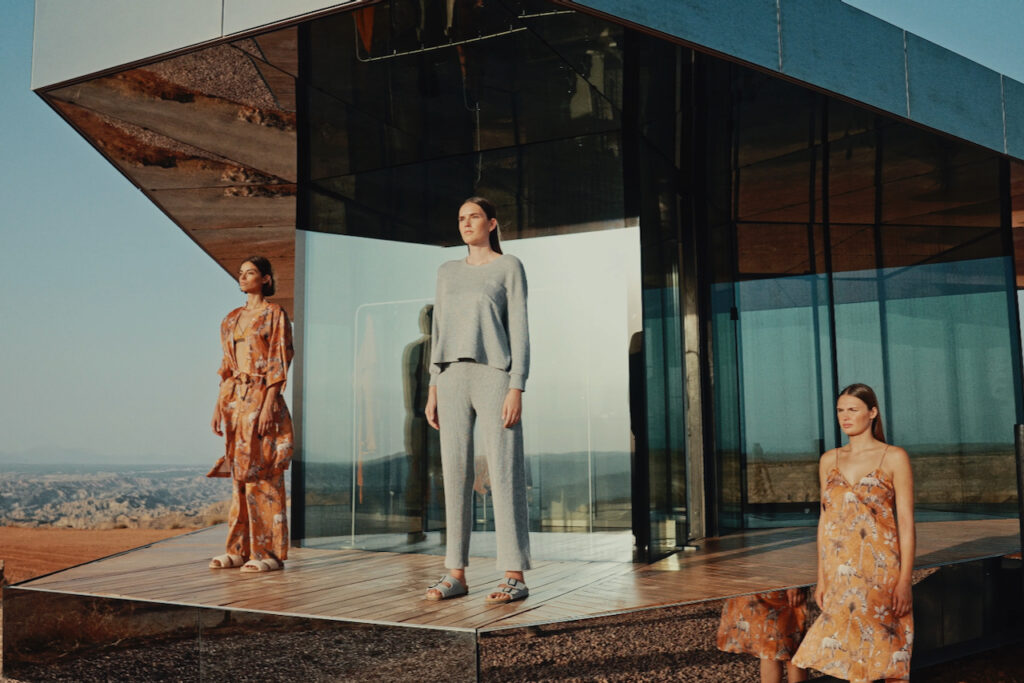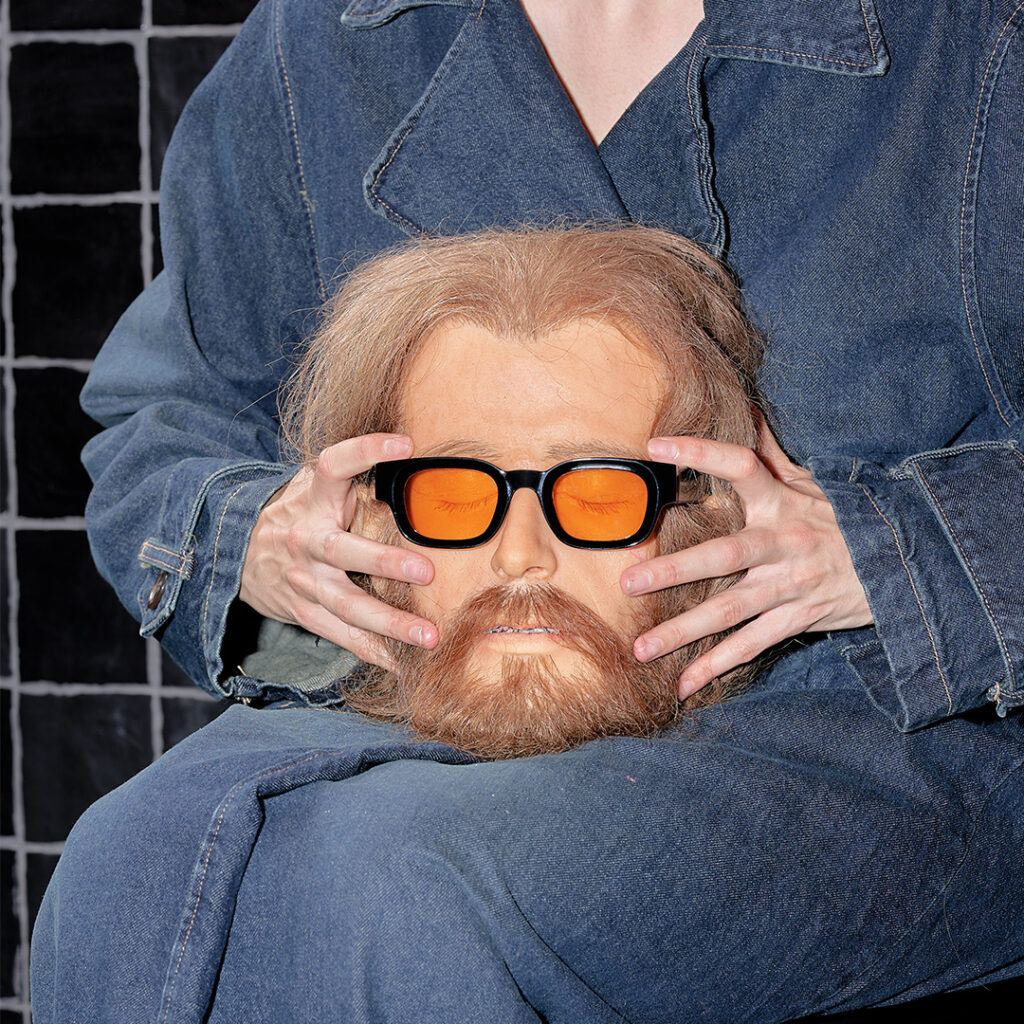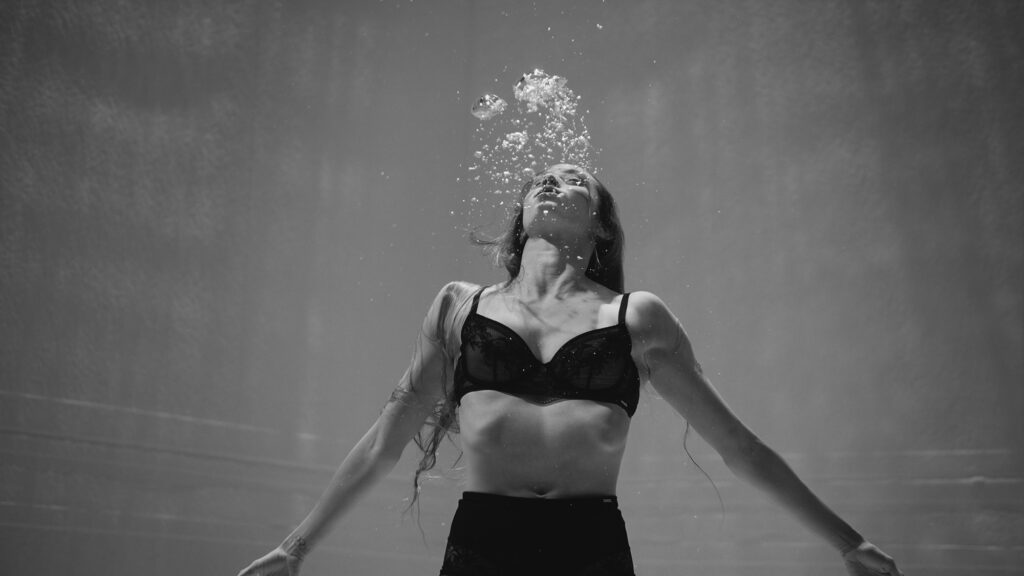It’s no secret that luxury brands have turned to gamification to target new audiences and remain relevant in this ever-changing cultural landscape. We’re seeing collections being released through videogames such as Balenciaga with Afterworld: The Age of Tomorrow and Louis Vuitton with League of Legends. The North Face and Gucci recently collaborated on a collection that was given away in Pokémon Go. Ted Baker built an Animal Crossing Island to debut its AW21 collection… The list goes on and on.
Designing and implementing a gamification strategy has worked wonders for luxury houses. It has made them relevant again, finally managing to position themselves among younger demographics as desirable brands generally speaking.
The new luxury and its gamification strategy
Part of the blame for the gamification of fashion goes to what, for the purpose of this article, we’ll call the new luxury.
Luxury was traditionally rooted in exclusivity, and subsequently price-point. Quality, of course, also played a part in all of this. But quality wasn’t solely reserved for the luxury industry. There have always been countless brands that take quality as their crowning value yet do not ascribe to the luxury mentality. Nowadays, while exclusive and expensive are still two characteristics very much associated with luxury products, the new luxury highlights uniqueness, richness in experience, and of course… Community. Which so happen to be the pillars of the gaming community.
What do Fashion and Gaming have in common? It’s not just about fashion in games
The new luxury has a lot more in common with gaming than its more traditional counterpart. While it is true that both traditional luxury and the new luxury have a lot to do with the consumer wanting to be a part of a community, traditionally speaking it was born out of a desire to hold a certain status, to be above others, to be better than others. However, while young luxury consumers also want to be a part of the exclusive luxury community, it stems from a desire for a sense of belonging, of finding like-minded people with an appreciation for the love of the art of fashion. Essentially a desire to be among equals, rather than above inferiors. Exactly what gaming is all about.
As such, many brands have adopted a gamification strategy as a way of targeting the consumer of tomorrow. Embedding themselves in the minds of the youth today, attempting to embody their values of choice, so that they will become their clients tomorrow. Talk about playing a long game…
How is fashion in games impacting actual video games?
We keep talking about how great virtual fashion is. We keep praising the advantages and the positive impact brought about by this new focus on digital style and swearing by the marketing value of a brand’s gamification strategy. But what does this gamification of fashion mean for the actual gaming world? At this point, it’s pretty clear that the fashion industry has benefited both monetarily and culturally from its gamification. There is, however, another side to this story. The gaming community is a tight-knit, passionate, dedicated scene and not all members are as thrilled about the incursion of fashion.
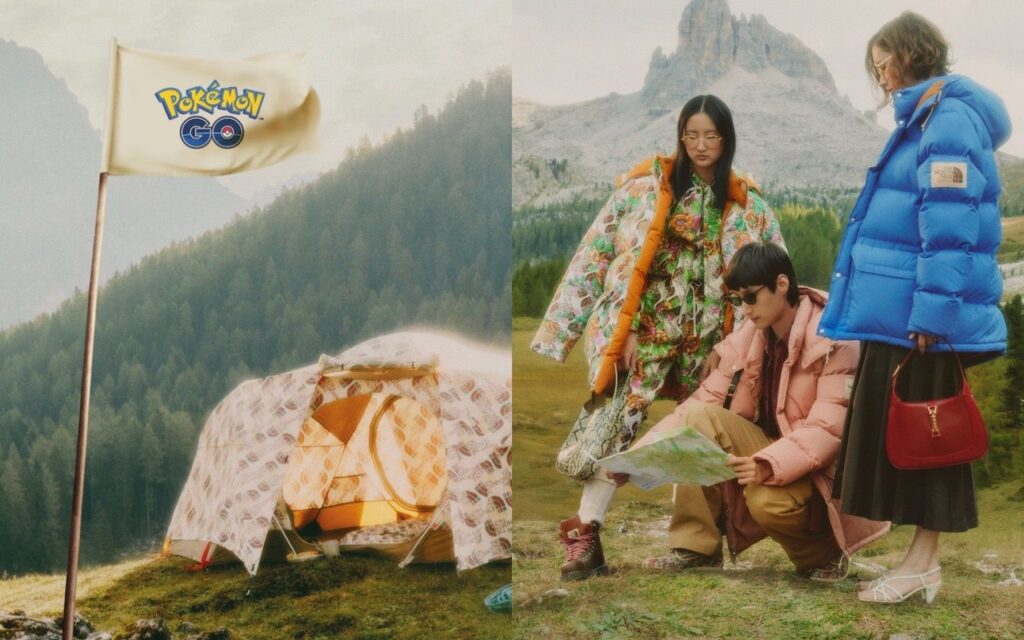
Many avid gaming fans worry that this emphasis on fashion in games is taking away from developers focusing on making the actual games better throughout their iterations. Of course, it’s great to have the possibility to purchase innovative and unique skins, but not if it’s at the cost of game functionality. People who truly give a damn about the playability of video games and aren’t all that bothered about nft fashion might appreciate being able to kick up their digital style a notch. Still, at the end of the day things such as story, gameplay and graphics among others, are far above fashion in games.
Thus, the issue with fashion brands jumping on the gamification wagon is that it exacerbates the unfortunate occurrence of videogame developers using it as an excuse to make money selling skins whilst completely disregarding their faithful traditional communities and their needs. What we end up with are new editions of games with no real improvements besides the access to a few new items you can decorate your character with.
